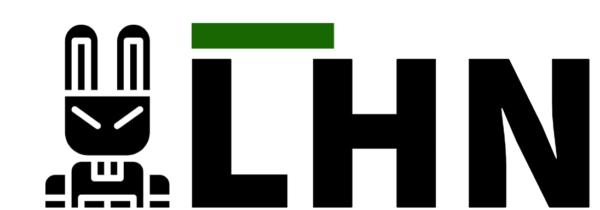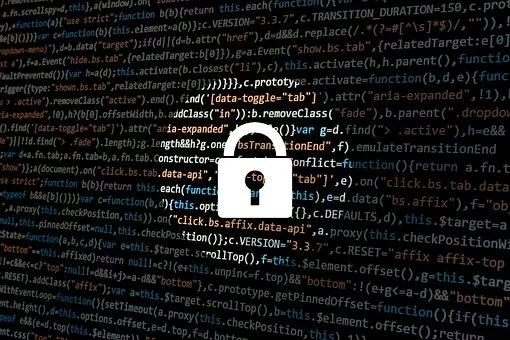This paper focuses on business security, as the incidence of cyberattacks and data breaches has increased in recent years. The first step in the protection of information is to deny unauthorized persons access to certain systems. This effort cannot be complete without strong authentication measures, which are the initial barrier against unauthorized access. In this article, you will learn how strong authentication can help to strengthen security, minimize threats, and meet current requirements.
Understanding Authentication Mechanisms
Authentication controls do that, where they check and confirm the authenticity of a person by providing his or her credentials in order to access certain systems or information. Basic ownership methods such as passwords are no longer reliable due to their vulnerability to attacks. Hence, modern techniques like Multi-factor Authentication (MFA) have become a common practice in protecting systems. For example, implementing MFA for Windows login strengthens access controls by combining something the user knows (password), something they have (a device), or something they are (biometric data).
It also includes validation at regular intervals to identify irregularities during such sessions such as location or device. These mechanisms are not static; they vary with time and are an effective way through which organizations can secure their activities and information of customers.
Types of Authentication Mechanisms
Authentication mechanisms can be categorized into three primary types:
- Knowledge based authentication involves use of information the user knowns information like passwords or PINs. These are easy, but easily exploited to phishing, brute force attacks.
- Possession based authentication includes security tokens, mobile apps that generate time sensitive codes, which provides a stronger layer of protection.
- Biometric authentication uses things like fingerprints, facial recognition, retina scans. These are very secure and very hard to replicate methods thus making them ideal for use in high security environments.
Using a combination of these methods — for example in MFA — provides the layers of security that even most determined attackers will struggle to penetrate.
Developing Robust Authentication Systems
To develop a good authentication system, the following is a step-by-step process of establishing a good system, which begins with the assessment of the security of the current system. Organizational circumstances need to be evaluated, and solutions that fit these circumstances should be selected. For instance, companies managing centralized user databases often enhance security with MFA for active directories, ensuring layered protection for sensitive resources.
Good systems also ensure that there are frequent releases in the systems to counter the new threats that may be apparent. This is because there is integration with monitoring systems designed to identify and address the access pattern that is out of the ordinary. Another important factor is scalability: businesses are able to adjust their systems as and when they expand, or when laws change.
Enhancing Authentication with Technology
Established systems for secure authentication rely to a large extent on technological changes. For example, AI and machine learning can analyze user behaviour then in real time they can detect suspicious activity. Furthermore, cloud – based authentication solutions provide flexibility and scalability to remote or hybrid workforces.
Why Biometrics? Although often older, biometric technologies are rapidly becoming faster and more accurate. Decentralized systems using the blockchain are equally tamper proof verification processes. Such innovations allows businesses to keep ahead compared to the evolving threats and make sure that their authentication system is secure and efficient.
Mitigating Risks Associated with Authentication
You can’t always guarantee that the strongest authentication systems won’t have vulnerabilities. For example, poorly configured MFA systems that offer loopholes attackers can exploit. To overcome these risks, you need to encrypt the data during the authentication process and perform regular audits to find loopholes, if any.
Training employees are equally important. Security breaches continue to occur as a result of human error, so organizations must educate their teams on what to look out for in a phishing attempt, and strengthen password hygiene. A secure authentication framework relies on a workforce that is well informed.
Legal and Compliance Considerations
Legal and regulatory standards that enable robust authentication to which should be upheld. Venture companies in Europe or California require the implementation of very strict data protection measures by virtue of frameworks such as GDPR in Europe or CCPA in California. Non compliance results in big fines and damage to your reputation.
Additional regulations require specific authentication protocols, such as those for the industries of both healthcare and finance. HIPAA constitutes an example requiring access controls for secure electronic health records. Compliance ensures the organization is following the law, but also helps ensure the organization’s customers and stakeholders trust the company.
Cost-Benefit Analysis of Authentication Mechanisms
The first is that advanced authentication mechanisms require upfront costs, i.e. software, hardware, and training. The costs are high, but the benefits outweigh these costs. Preventive measures can encourage businesses to avoid downtime due to unauthorized access and avoid the hefty financial losses (in many cases millions of dollars) caused by breaches.
Also, robust systems build customer confidence and loyalty because they show that you are serious about security. The initial investment does not need to be made by getting a loan and spending it on marketing and development. They can wait and save by targeting a business opportunity that is larger and becomes profitable in the long term, which justifies the investment in the first place. Then, the business is projected as a long-time player in the market and is seen as trustworthy and forward-looking amidst the competition.
Case Studies of Successful Implementation
Robust authentication systems have improved operations in a dozen or more industries. For example, a global financial institution chose to adopt client transaction through biometric authentication, which reduced fraud by 80 percent. An e commerce company also put in place MFA for employees and customers, blocking unauthorized access to accounts and private financial data.
However, it’s the real-world effectiveness of these authentication mechanisms that ensures users experience better UX while minimizing risk. This highlights the need for having solutions that focus on the intended business needs, in order to get the most out of them.
Future Trends in Authentication Technology
Continuous advancements and the evolvements in technology in the future will be the authentication story. Biometrics and/or hardware keys, as passwordless authentication, are starting to get traction. They do away with the risks of using weak or reused passwords, but are also without the convenience of such.
By analyzing user actions, such as typing speed or mouse movements, behavioral biometrics offer enhanced security and don’t disrupt a workflow. As cyber threats become increasingly complex, AI powered systems will reinforce all authentication mechanisms, and businesses will be better prepared for an ever changing digital realm.
Summary
You need a robust authentication system to secure your business against modern threats. Multi layered approaches and regularly refreshing of processes can reduce risk and protect the data when you put your clients trust on the line.
First of all, you need to evaluate your needs and pick solutions that would suit your security goals. Protecting yourself and staying on top of it is critical, and educating your team can’t hurt.
It’s not just a technical upgrade; it’s a commitment to long-term business safety and resilience. Don’t wait; take action today to secure the future you want.

